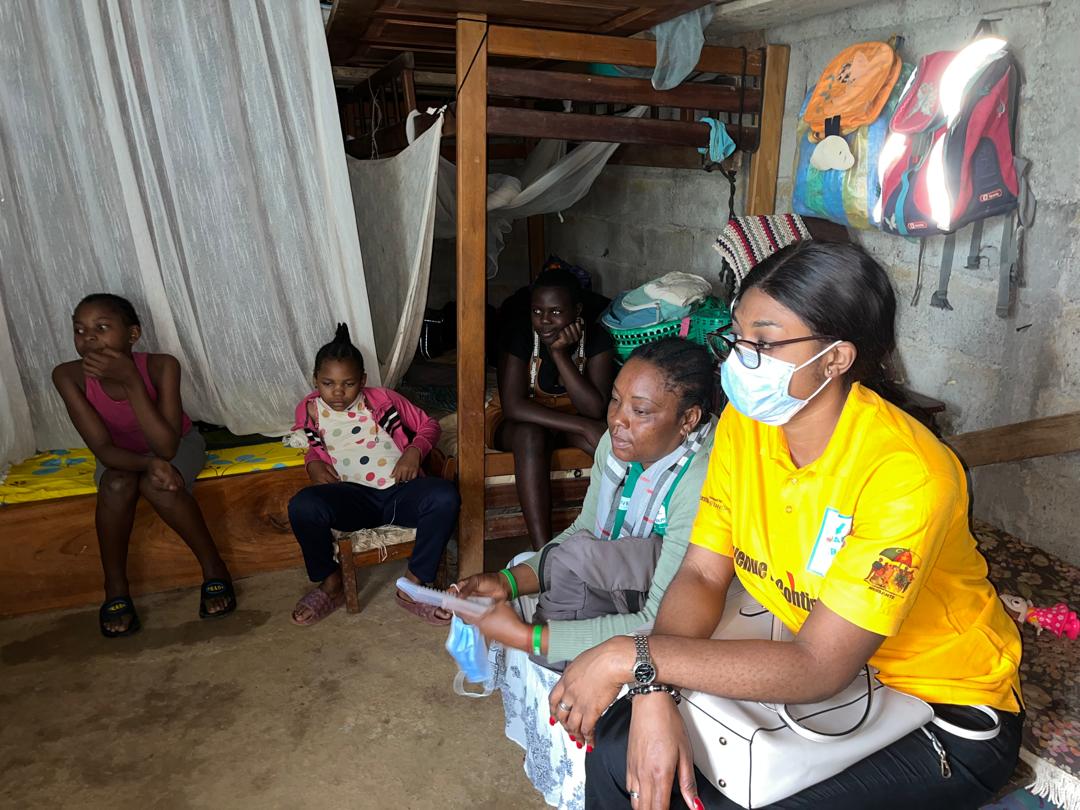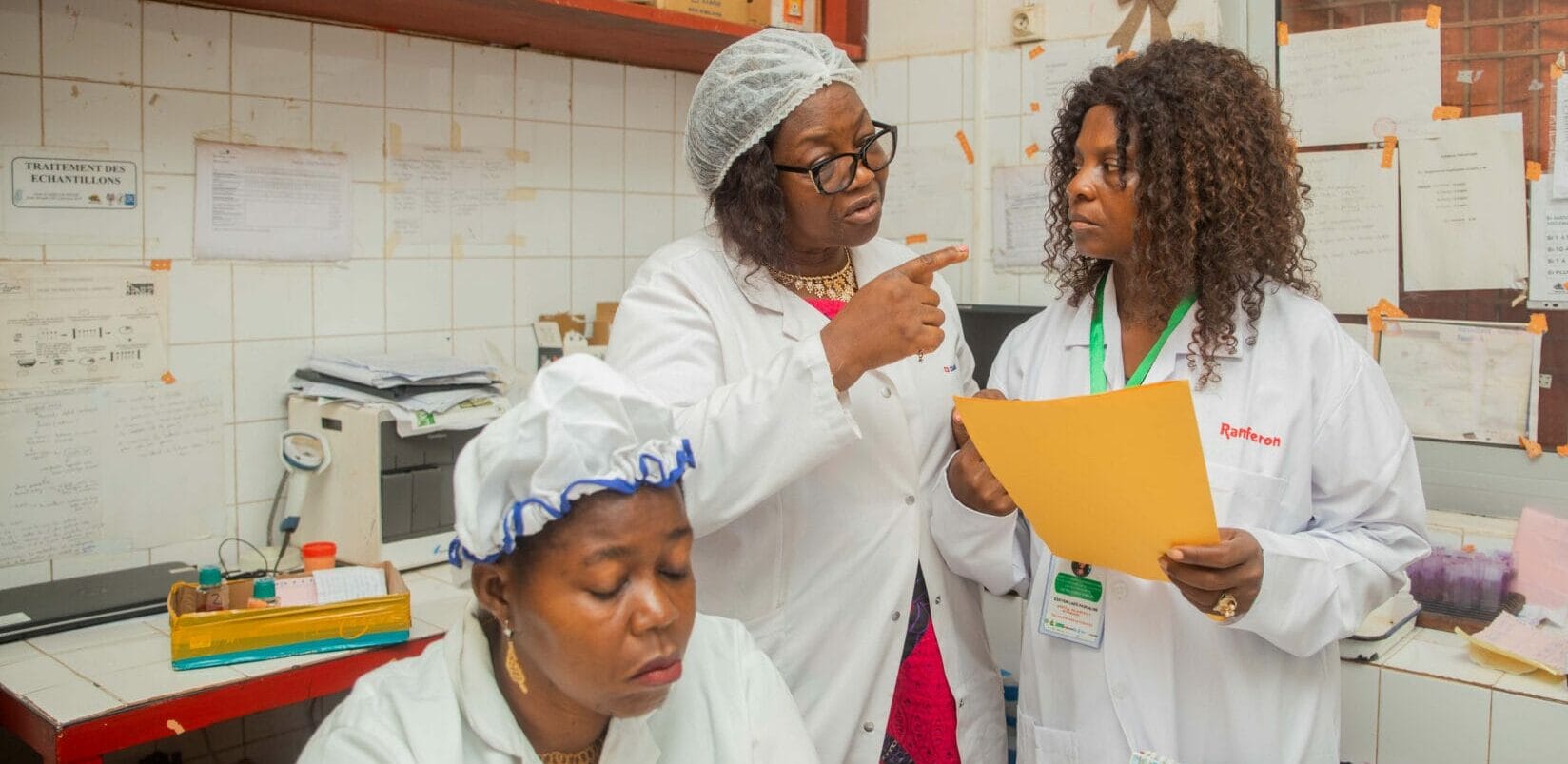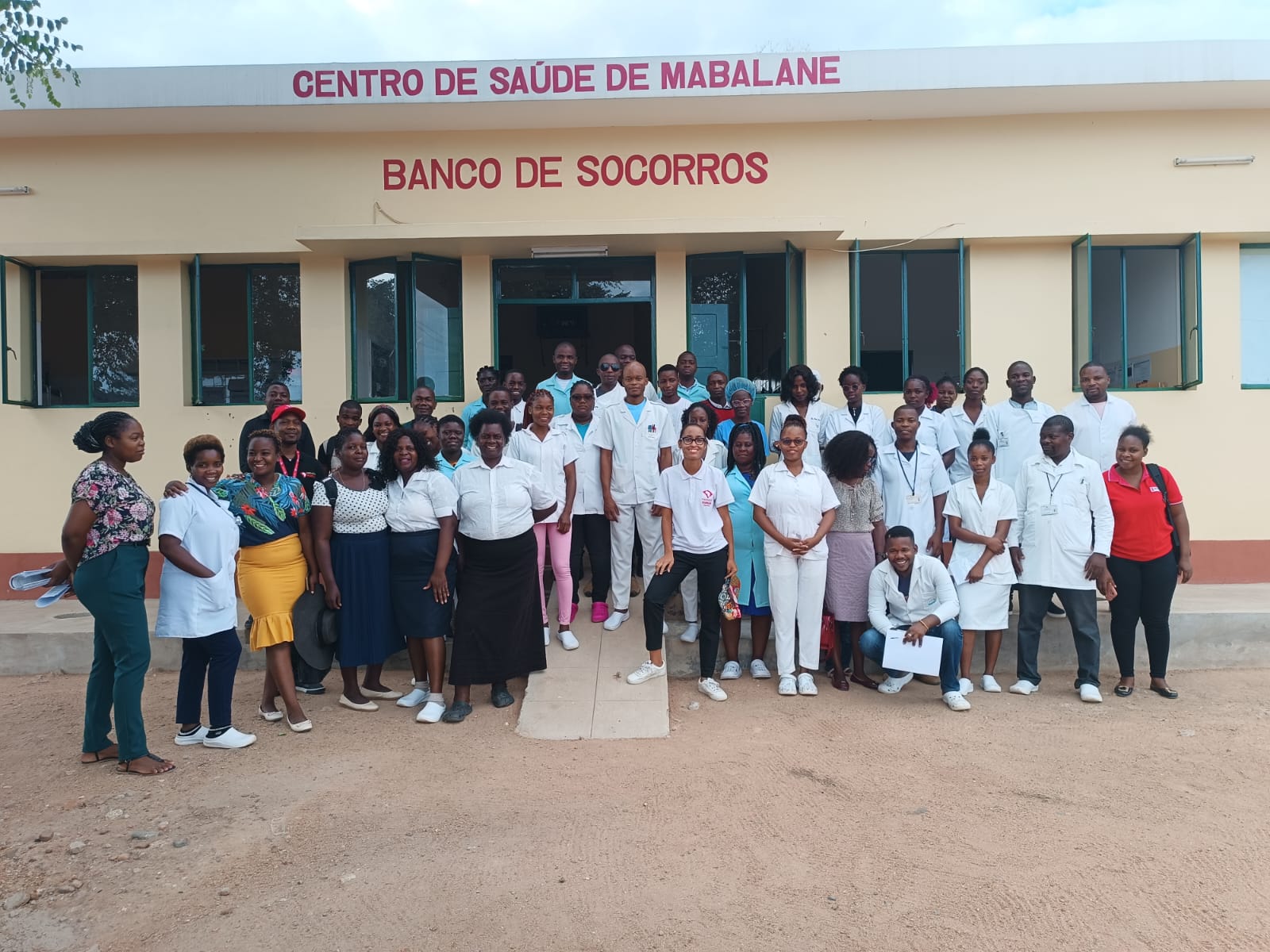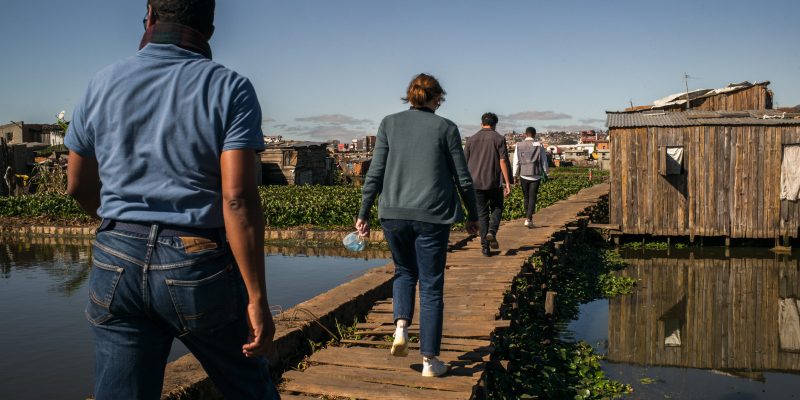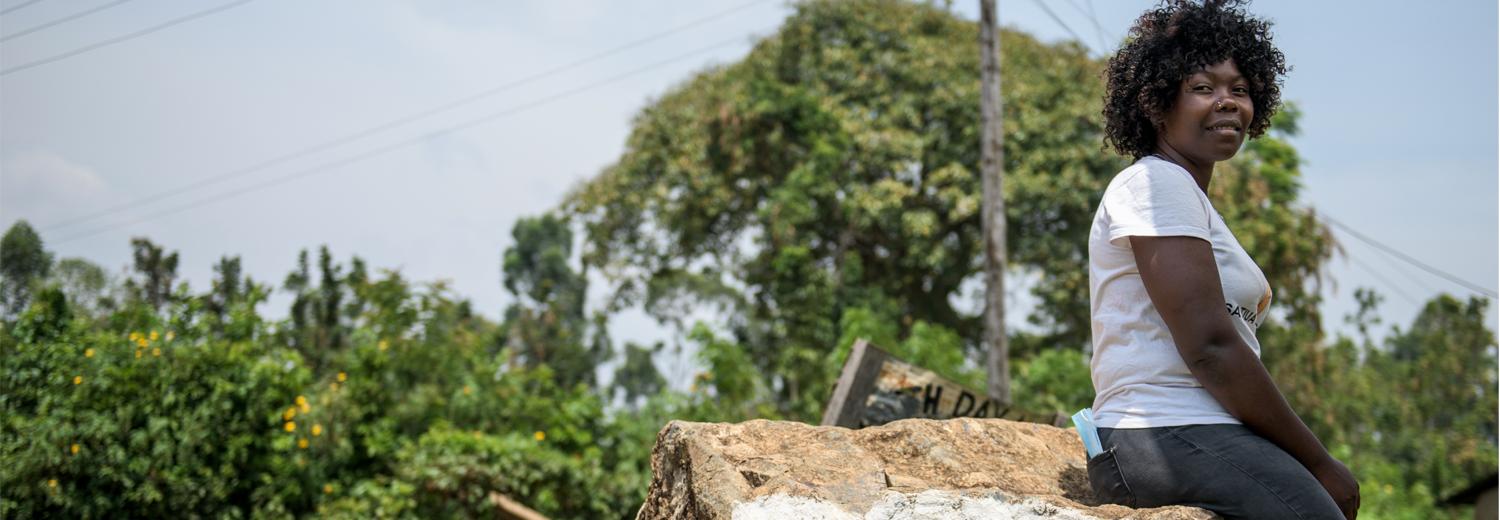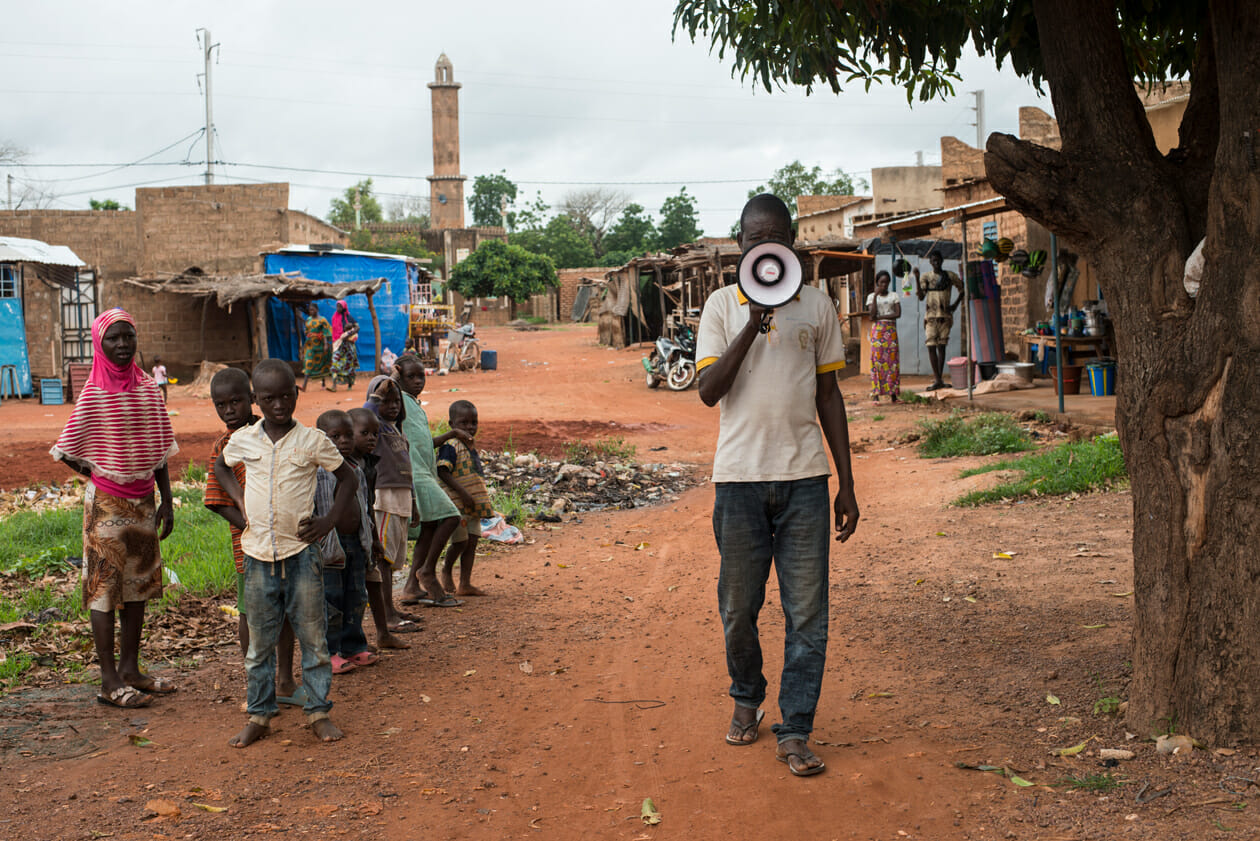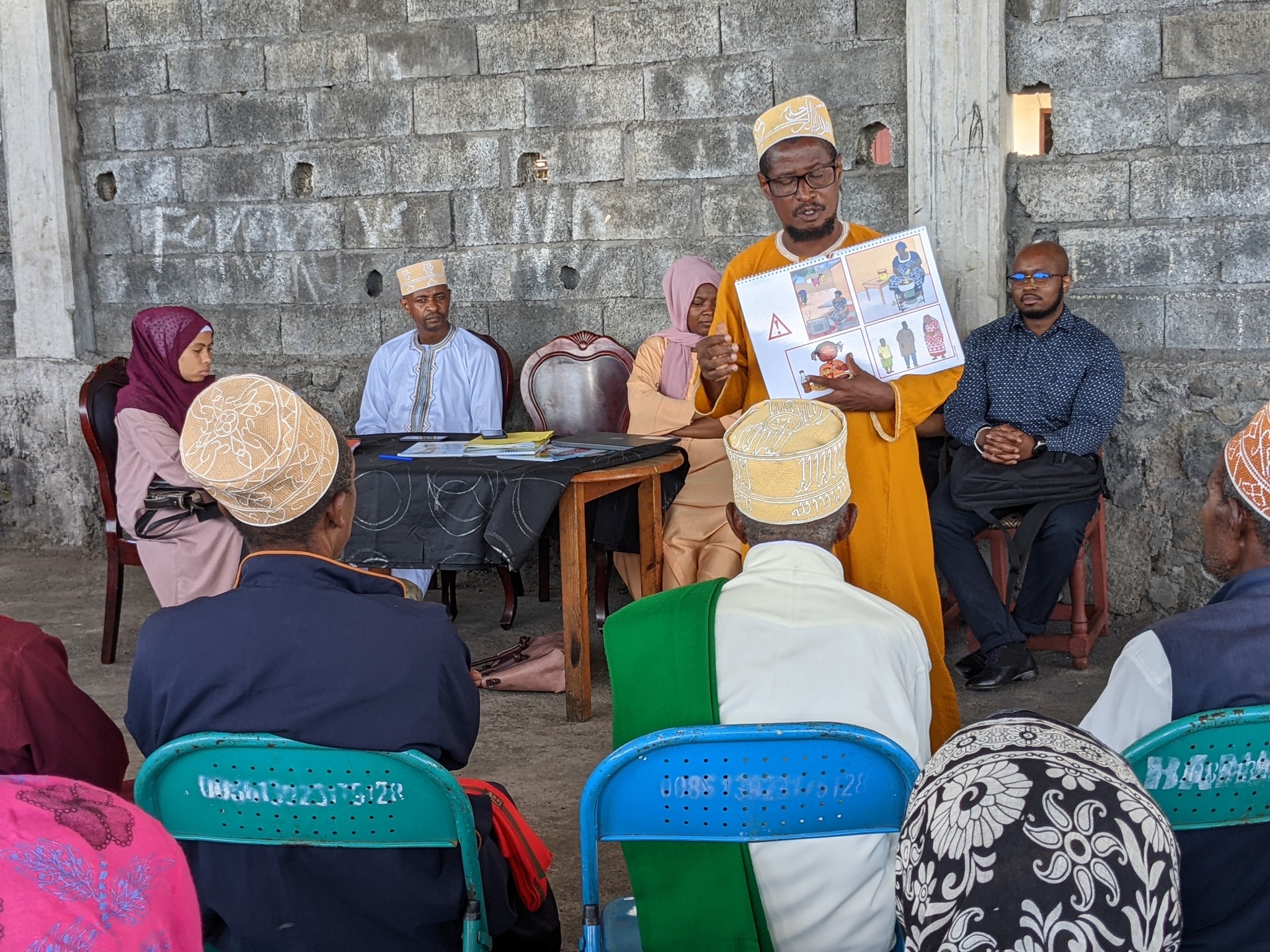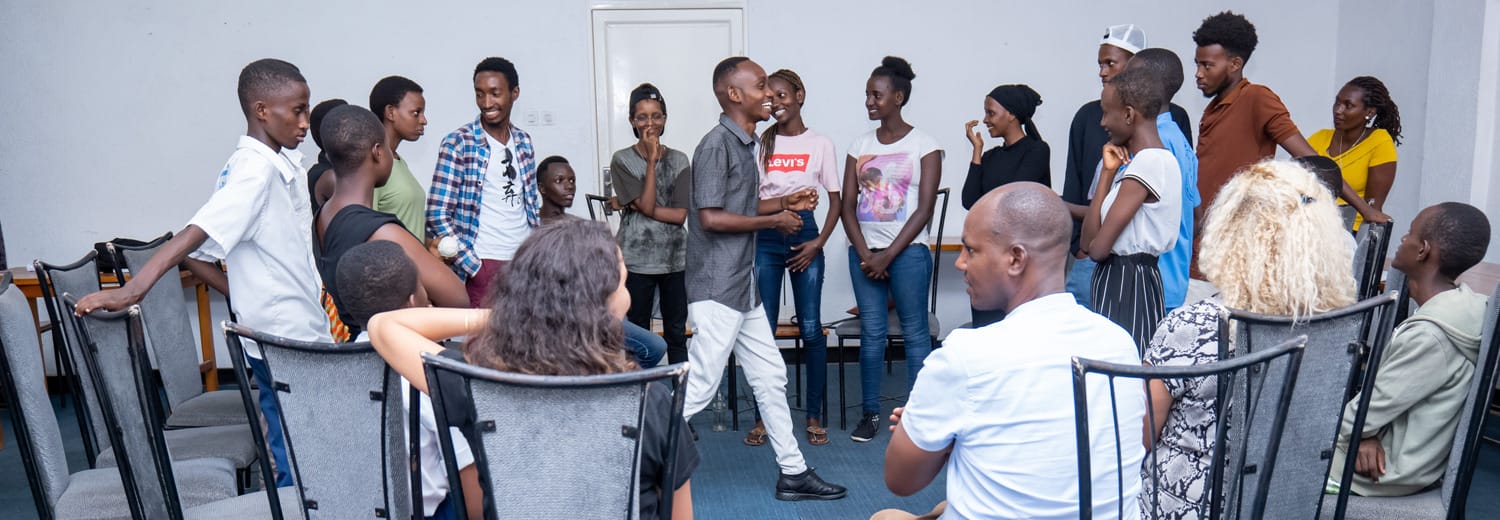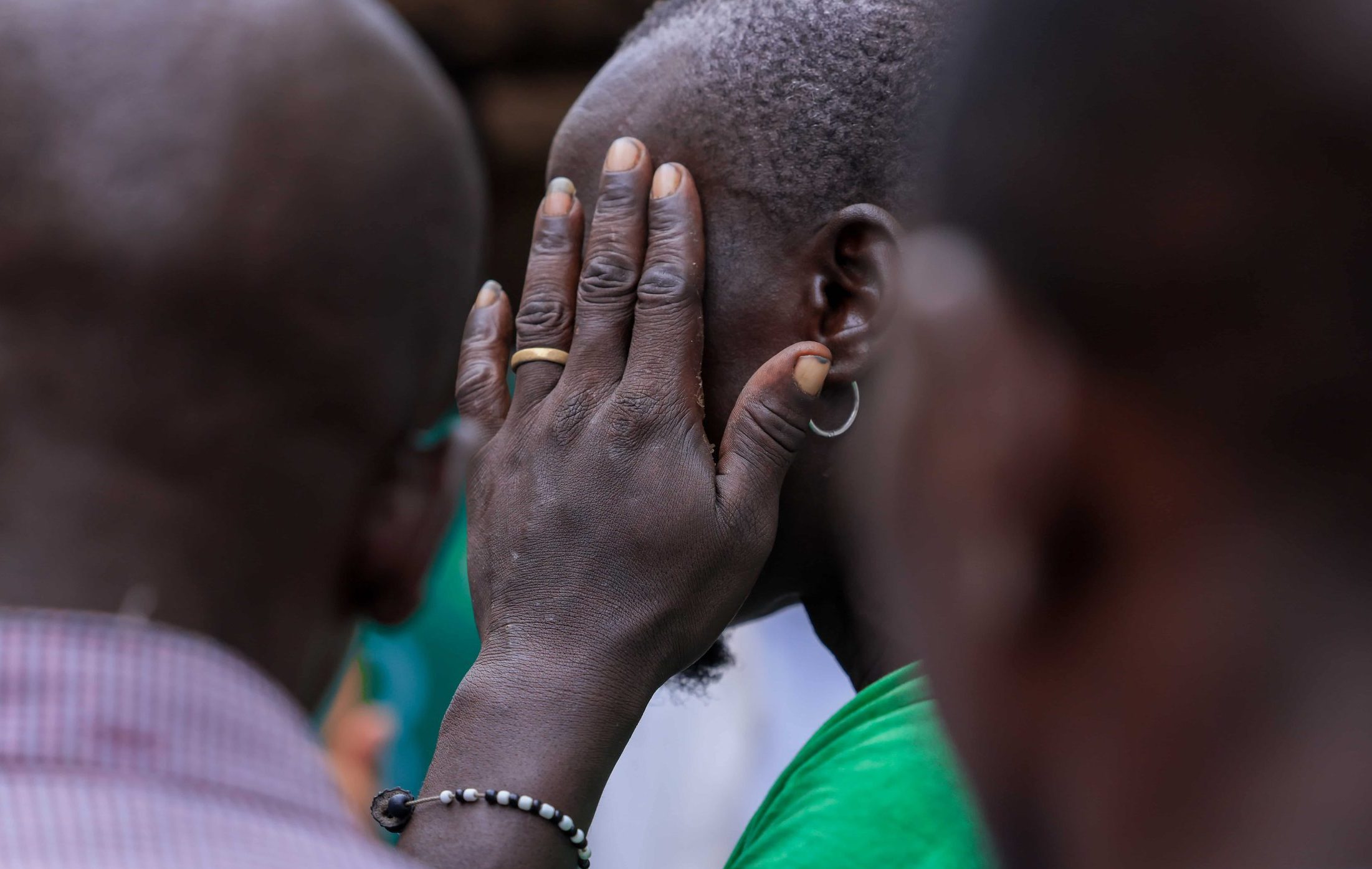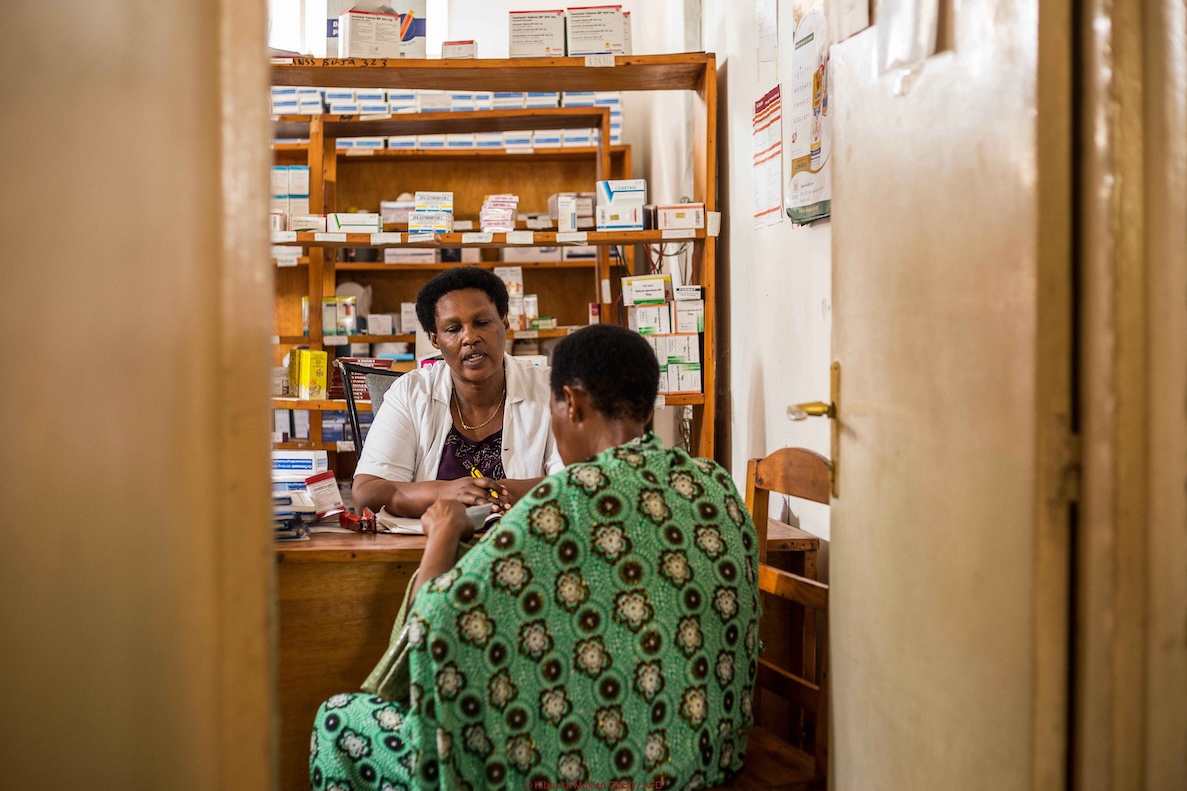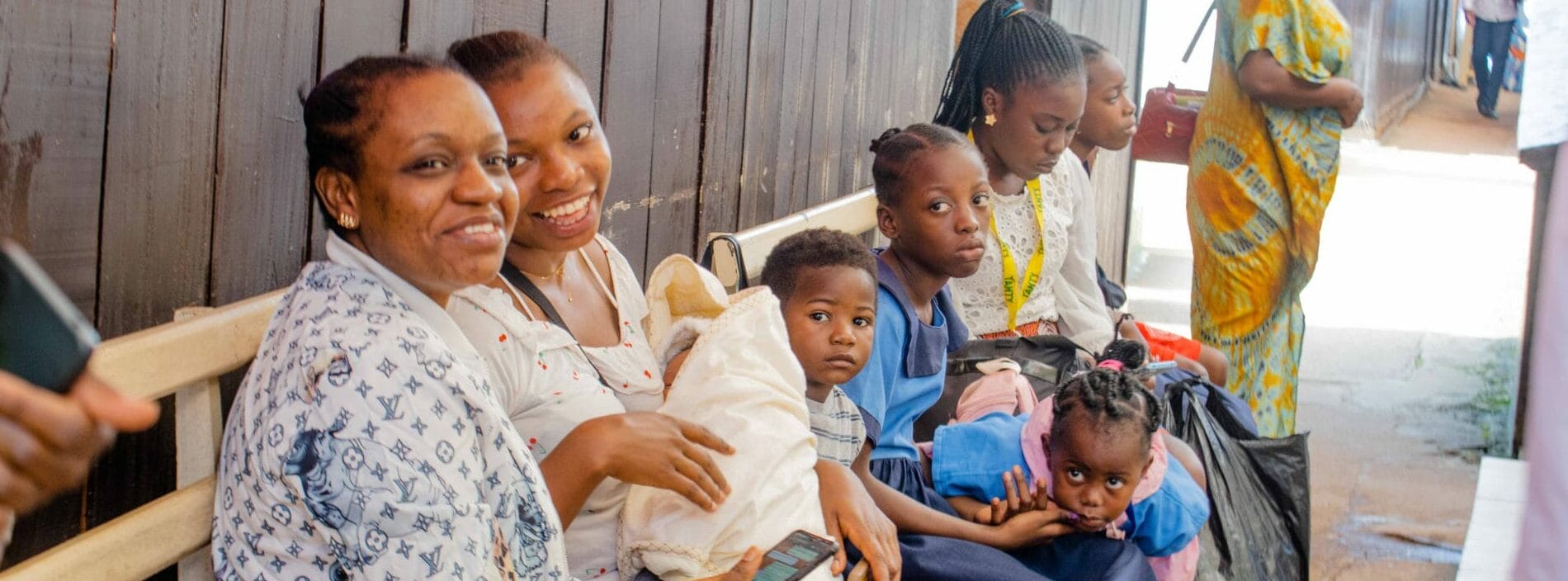TB_PEC@2.0: combating childhood tuberculosis
In Cameroon, pediatric tuberculosis represents 5.7% of notified cases in 2023, while the WHO recommends a minimum of 12%. The TB_PEC@2.0 project is designed to enhance early detection, treatment, monitoring, and support to ensure successful therapy for children aged 0 to 14. The project aims to create an effective referral and counter-referral system for active case detection of pediatric tuberculosis, including covering diagnostic and treatment costs. It also incorporates a digital aspect via the OneImpact tool to document and address barriers to care access. TB_PEC@2.0 is carried out by the organization For Impacts in Social Health (FIS). Executive Director Bertrand Kampoer discusses the project’s deployment and strategic challenges.
In what context was the TB_PEC@2.0 project developed?
Bertrand Kampoer: Despite progress in reducing tuberculosis incidence in Cameroon, the country is still falling short of the WHO’s 2030 goal to eliminate the disease. The National Tuberculosis Control Program shares this ambition but faces a major obstacle: nearly 50% of tuberculosis cases go unreported. Diagnosing tuberculosis in children aged 0 to 14 remains particularly challenging. Over the past five years, pediatric cases have consistently represented only 5 to 6% of total reported cases, compared to the WHO’s recommended benchmark of 10 to 12%. This gap highlights insufficient screening efforts among children—an issue that previous international and national programs have struggled to address. In this context, the TB_PEC@2.0 project seeks to shift the needle and reinforce the national fight against pediatric tuberculosis.
In which locations is the project being carried out?
Bertrand Kampoer: Cameroon’s tuberculosis response is structured around 12 health regions, with four of them concentrating over half of the country’s tuberculosis cases. Controlling the disease in these key areas is crucial to reaching the 2030 tuberculosis elimination target. The TB_PEC@2.0 project focuses on one of these priority areas: the Yaoundé health district, the political capital of Cameroon.
Several structural and contextual factors motivated this choice. Since 2016, a socio-military crisis in the North-West and South-West regions has triggered a massive displacement of people towards the capital city. These internally displaced populations face high vulnerability and multiple tuberculosis risk factors, including overcrowding, poor sanitation, inadequate hygiene, food insecurity, and limited access to healthcare.
By concentrating efforts on this urban region marked by vulnerability, the project seeks to enhance early diagnosis and treatment of pediatric tuberculosis in a challenging environment, thereby supporting the country’s national tuberculosis control strategy.
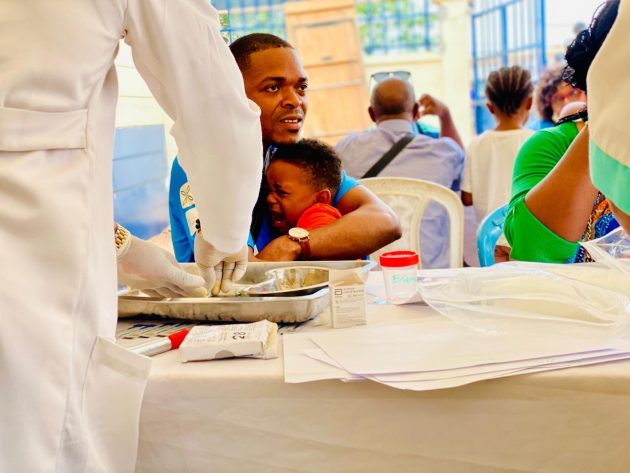
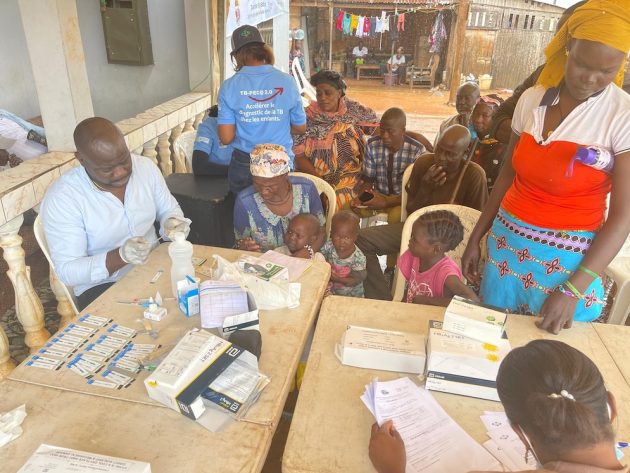
What is TB_PEC@2.0 all about?
Bertrand Kampoer: The project seeks to reduce pediatric tuberculosis-related mortality and morbidity by enhancing access to diagnosis, case notification, treatment, and follow-up for children aged 0 to 14. Our ambition is to break down the barriers hindering timely and effective care. The project operates on two main fronts.
At the community level, community health workers carry out active tuberculosis case finding through contact tracing, diagnosing children and providing access to tuberculosis preventive treatment (TPT) via a referral system to diagnostic and care centers. A patient tracking system is established to ensure care continuity and avoid patients dropping out.
At the hospital level, supervisors of active tuberculosis case-finding community agents (ACRA) actively screen for tuberculosis at health facility entry points to improve detection and diagnosis of pediatric tuberculosis. Training healthcare professionals is a key focus, as diagnosing tuberculosis in children is challenging due to the nonspecific symptoms.
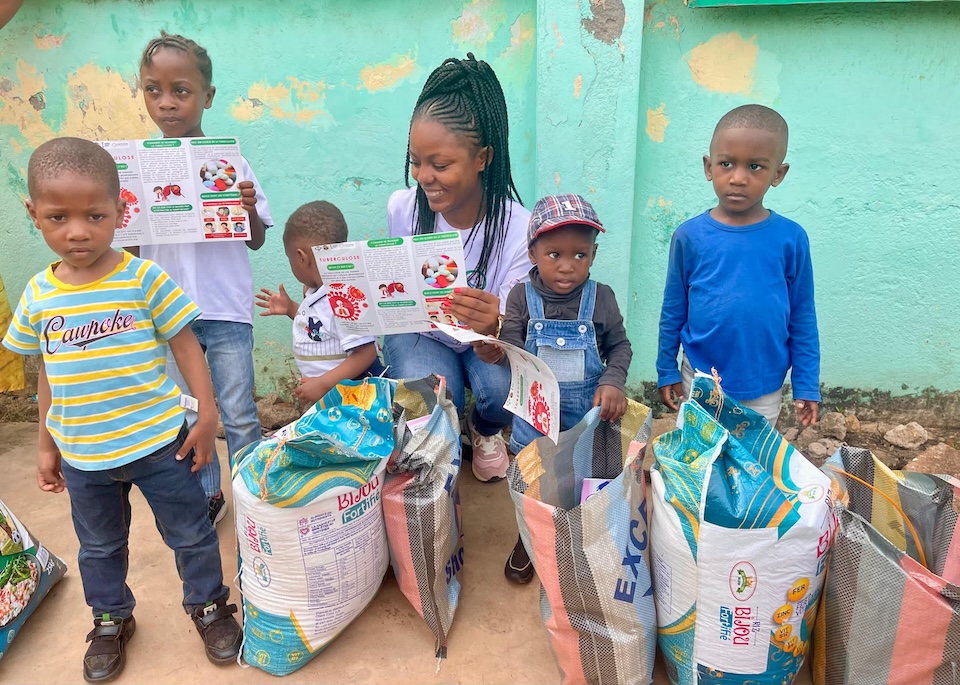
Can you tell us more about the digital aspect of this project?
Bertrand Kampoer: The digital component, represented by the “@” in TB_PEC@2.0’s name, plays a crucial role through the OneImpact app. This numerical platform lets patients report in real time the barriers they face along their healthcare journey—whether it’s stigma, mistreatment linked to their displacement or illness, or logistical challenges like distance and transport costs to tuberculosis clinics. These reports help shine a light on hidden obstacles.
Beyond this, the app boosts community involvement, strengthens disease monitoring, and improves patient follow-up—making the fight against pediatric tuberculosis more responsive, inclusive, and fair.
To tackle the issues patients face, the project also advocates for better pediatric TB care at diagnosis and treatment centers. Families receive social support too, including food aid and help covering medical expenses.
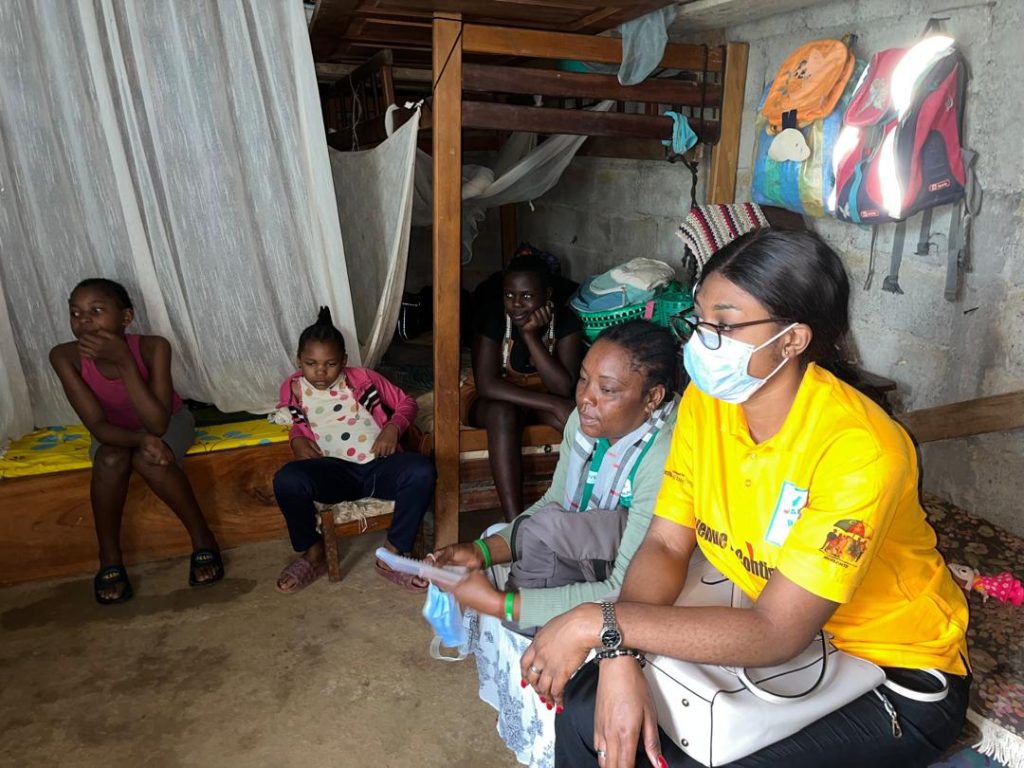
What are the preliminary outcomes?
Betrand Kampoer: From May 2023, when the project began, until April 2025, 624 children suffering from all forms of tuberculosis (TB) were identified, and 3,164 children received preventive treatment (TPT). The project had initially aimed to diagnose 515 children with TB and to start 857 children on preventive treatment. This means the project exceeded its targets, reaching 121.2% for TB diagnoses and 369.2% for treatment initiation. Thanks to these efforts, TB_PEC@2.0 contributed significantly to national statistics, representing 16.83% of all notified TB cases across Cameroon by the end of 2024, and 61.4% within the project’s regional area.
The project is currently preparing to expand geographically into three more health regions, after its initial completion planned for April 2026. The long-term goal is for TB_PEC@2.0 to become a benchmark model for active pediatric tuberculosis case detection and referral, playing a key role in helping meet both national and global goals to eliminate tuberculosis by 2030.
